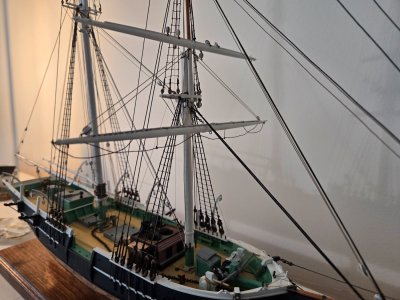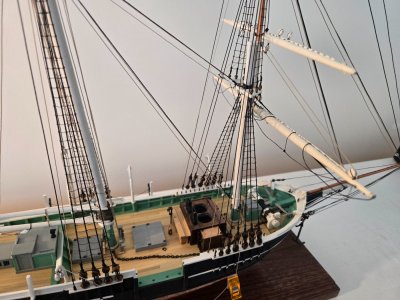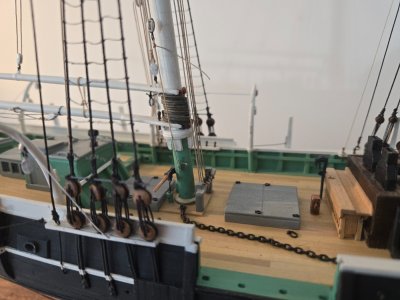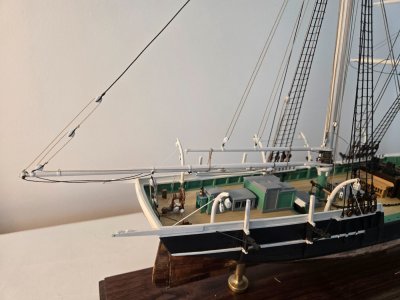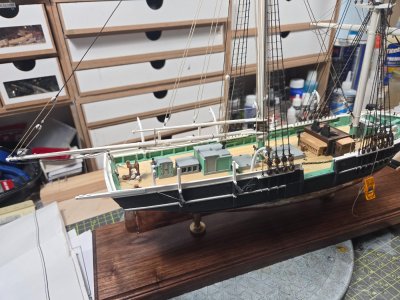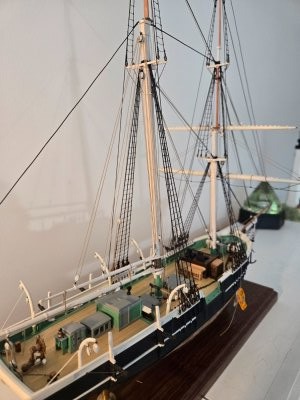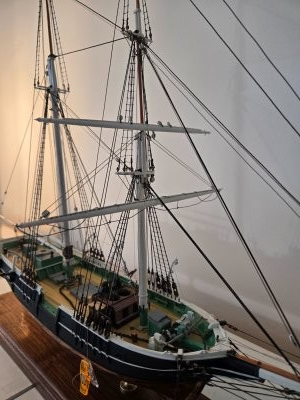Quint,
I adore your Kate Cory, but I miss your old avatar.
I adore your Kate Cory, but I miss your old avatar.
 |
As a way to introduce our brass coins to the community, we will raffle off a free coin during the month of August. Follow link ABOVE for instructions for entering. |
 |
 |
The beloved Ships in Scale Magazine is back and charting a new course for 2026! Discover new skills, new techniques, and new inspirations in every issue. NOTE THAT OUR FIRST ISSUE WILL BE JAN/FEB 2026 |
 |

Thanks.Quint,
I adore your Kate Cory, but I miss your old avatar.
This one’s almost as good as the old one!Thanks.

